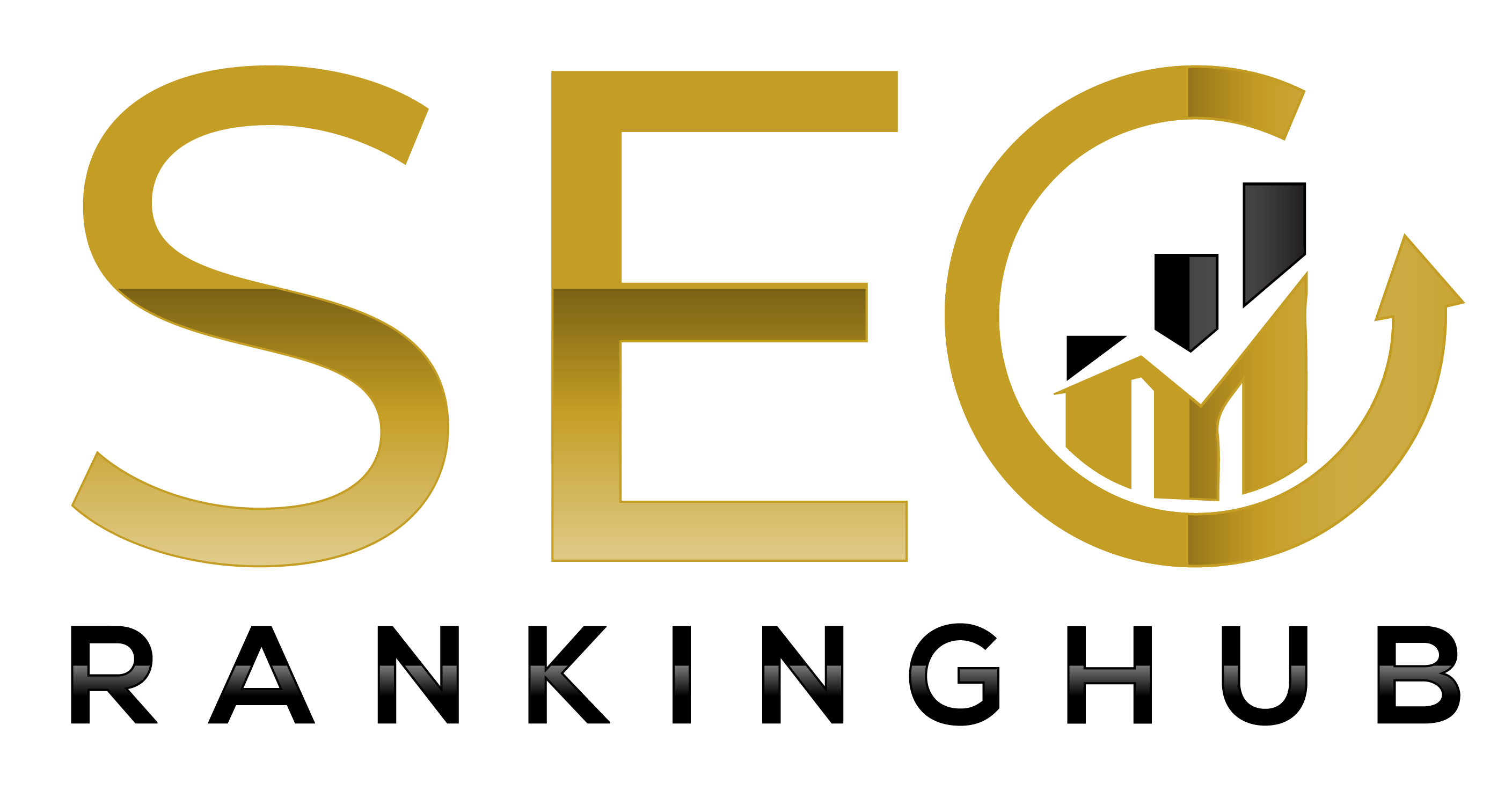
Technical SEO for Websites: Promote your search ranking with smart adaptation
Creating a website is the first step towards creating a strong online look. To stand out on search engines like Google and to rank high, make sure your site is technically adapted. Technical SEO focuses on improving items such as website speed, mobile responsibility, structured data (Schima Markup) and XML -SITEMAP to increase the user experience and search engines.
If you are seriously looking at organic traffic on your site, it is a game switch to master these technical SEO components.
1. Website Speed: Keep visitors busy
A slow site can take visitors to take visitors away before they see your content. Google also prioritizes fast loading sites in the search ranges.
Tips to promote speed:
- Customize images: Use formats like webpi and compress large images.
- Enable quick buzz: Use browser collection to reduce the load time to return to users.
- Minify CSS, JavaScript and HTML: Tools such as Gulp or Minifyjs can help clean the code.
- Choose a quick hosting supplier: Invest in a reliable and fast hosting service.
2. Mobile responsibility: Be user -friendly on all devices
With most users surfing on mobile devices, it is necessary to have a mobile -friendly website. Google also uses mobile-first sequencing, which means it looks at your mobile network version for ranking.
How to adapt to mobile:
- Use a responsible design: Framework that Bootstrap can help.
- Easy navigation: It is easy to press the buttons and menu.
- Test your site: Use Google’s mobile -friendly test to identify and fix mobile problems.
3. Structured data (Skima Markup): Search engine language
Skima Markup provides further information to the search engine about the content of your site, making it easier to understand your site.
Best practice:
- Add the bread crash form to improve the navigation visibility in the search results.
- If you sell the product, use the product scheme.
- Use a review scheme to highlight the customer’s admirer.
- Tools that structured data testing tools for Schema.org and Google can help you start.
4. XML SITEMAP: Guide search engine for content
An XML website map acts as a roadmap for the search engine, leading them to the most important pages.
Tips for Managing XML Sitemap:
- Use plugins like Yost SEO (WordPress) to generate and update your sites.
- Submit your website map on Google Search Console and Bing Webmaster Tools.
- Keep your site map clean by removing the broken or irrelevant link.
5. Further technical SEO best practice:
- Secure your site: Switch to HTTPS for better security and trust signal.
- Solve the broken link: Use devices such as ahrefs or screaming frogs to identify and solve 404 errors.
- Canonical tags: Avoid duplicate material problems by specifying canonical URLs.
Last Words: Stay in front with Technical SEO
By focusing on items such as website speed, mobile responsibility, structured data and XML website, you can improve the user experience and search engine visibility on your site. These customizations not only help the search engine crawl your site effectively, but also create a better experience for visitors, leading to greater traffic and conversion.
Check the technical SEO on your site today to stay in front of the digital scenario.








